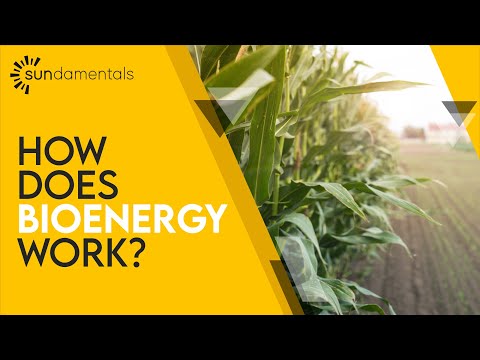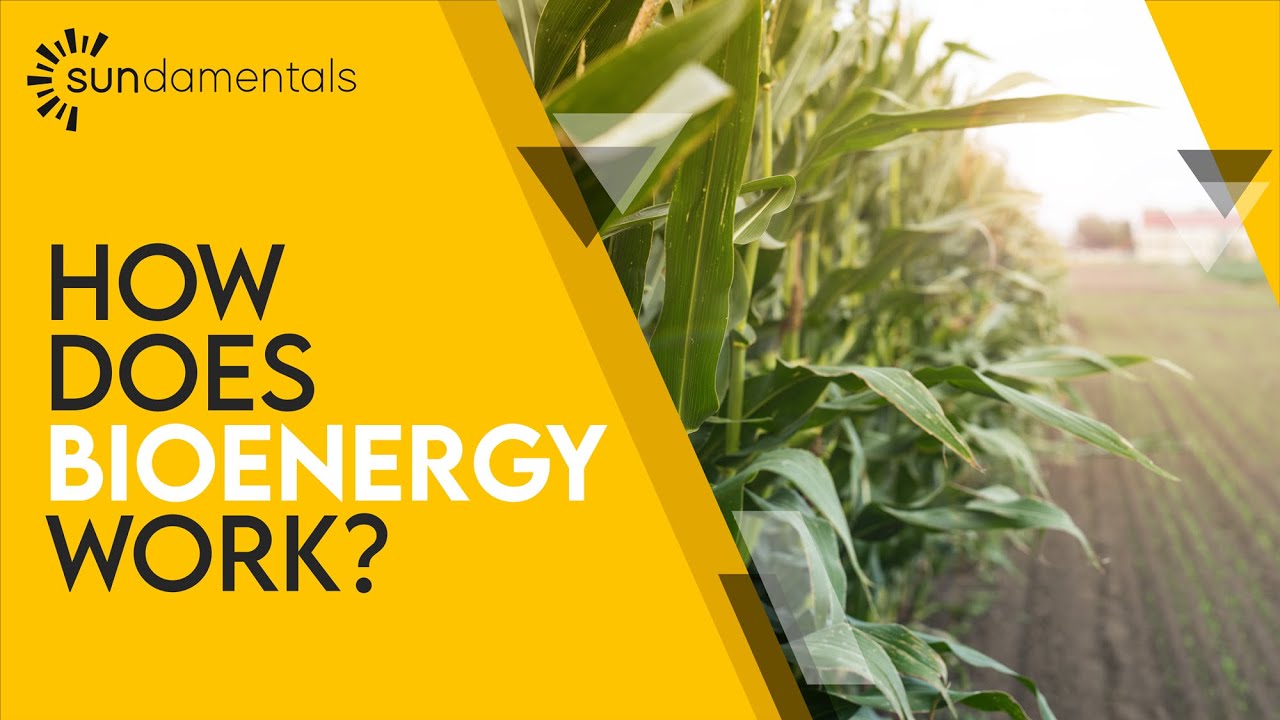Bioenergy is an awe-inspiring and revolutionary concept that harnesses the remarkable power of nature to provide sustainable alternatives for our energy needs. Derived from organic matter such as plants, bioenergy offers a tantalizing glimpse into a future where renewable resources reign supreme. This groundbreaking technology utilizes the conversion of biological materials into fuel, producing clean energy that mitigates harmful environmental impacts. By tapping into the inherent energy potential of biomass, bioenergy not only reduces our dependence on finite fossil fuels but also contributes to the reduction of greenhouse gas emissions, combating climate change head-on. Moreover, the versatility of bioenergy is truly captivating, as it can be transformed into various forms such as heat, electricity, or even transportation fuels, fostering a seamless integration into our existing infrastructure. The immense potential of bioenergy to revolutionize the energy sector is underscored by its ability to create a circular economy, where organic waste is repurposed and transformed into valuable energy sources. By embracing the wonders of bioenergy, we pave the way towards a sustainable future, where nature’s bountiful resources are harnessed intelligently, reducing our carbon footprint and ensuring a greener planet for generations to come.

Table: Bioenergy
| Definition | Benefits | Types of Bioenergy |
|---|---|---|
| Bioenergy refers to the energy derived from biological sources, such as organic matter, biomass, or biofuels. | – Renewable and sustainable energy source – Reduces greenhouse gas emissions – Decreases reliance on fossil fuels – Promotes waste utilization and management – Enhances rural development and job creation |
– Biofuels: liquid or gaseous fuels derived from biomass, such as bioethanol, biodiesel, and biogas – Biomass power: electricity generated from organic materials, including crop residues, wood, or dedicated energy crops – Bioheat: utilizing biomass for heat production, such as in residential or industrial heating systems – Bioproducts: manufacturing materials and chemicals from biomass, for example, bioplastics or biochemicals |
Unleashing the Power of Nature: Exploring Bioenergy
What is Bioenergy?
Bioenergy is a form of renewable energy that is derived from organic materials, such as plants and animal waste. It is a versatile and sustainable source of energy that can be used to generate heat, electricity, and even transportation fuels. Bioenergy has gained significant attention in recent years due to its potential to reduce greenhouse gas emissions, promote energy independence, and create economic opportunities.
The Types of Bioenergy
There are several types of bioenergy, each with its own unique characteristics and applications. Biomass is one of the most common forms of bioenergy and refers to organic materials, such as wood, agricultural crops, and municipal solid waste, that can be burned or converted into other forms of energy. Biogas is another form of bioenergy that is produced through the anaerobic digestion of organic waste, such as animal manure and food scraps. It consists mainly of methane and carbon dioxide and can be used for heating, electricity generation, or as a transportation fuel.
Biofuels are liquid or gaseous fuels that are derived from biomass. They are commonly used in transportation, replacing or blending with conventional gasoline or diesel. Ethanol, which is primarily made from corn or sugarcane, is one of the most widely used biofuels. Biodiesel, on the other hand, is produced from vegetable oils or animal fats and can be used in diesel engines without modification.
Biopower is the production of electricity or heat from biomass. It involves burning biomass directly or converting it into a gaseous or liquid fuel that can be used in combustion engines or turbines. Biopower plants can range in size from small-scale systems that provide heat and electricity to individual homes or businesses to large-scale power plants that contribute to the grid.
The Benefits of Bioenergy
Bioenergy offers several compelling benefits that make it an attractive option for meeting our energy needs:
Renewable and Sustainable: Unlike fossil fuels, which are finite and contribute to climate change, bioenergy is renewable and sustainable. The organic materials used in bioenergy production can be grown and harvested continuously, ensuring a constant supply of fuel. Additionally, the carbon dioxide emitted during bioenergy production is offset by the carbon dioxide absorbed by plants during their growth, making it a carbon-neutral energy source.
Greenhouse Gas Reduction: Bioenergy can play a crucial role in reducing greenhouse gas emissions. By utilizing organic waste materials that would otherwise decompose and release methane, a potent greenhouse gas, bioenergy helps to mitigate climate change. It also offers an alternative to fossil fuels, which release carbon dioxide when burned and contribute to the accumulation of greenhouse gases in the atmosphere.
Energy Independence: Bioenergy can enhance energy independence by reducing reliance on imported fossil fuels. By utilizing locally available biomass resources, countries can decrease their dependence on foreign energy sources and enhance their energy security. This can also lead to economic benefits by creating jobs and stimulating local economies.
Waste Management: Bioenergy provides an effective solution for the management of organic waste materials. By converting waste into energy, bioenergy facilities can help reduce the volume of waste sent to landfills, thereby reducing environmental pollution and the associated health risks. It also offers an opportunity to generate revenue from waste materials that would otherwise be disposed of at a cost.
Diversification of Energy Sources: Bioenergy contributes to the diversification of energy sources, reducing dependence on a single energy type. By utilizing a variety of biomass feedstocks and conversion technologies, bioenergy offers flexibility in energy production and helps create a more resilient and sustainable energy system.
Challenges and Future Outlook
While bioenergy has numerous benefits, it also faces certain challenges that need to be addressed for its widespread adoption. One of the main challenges is the potential competition for land and resources with food production. It is crucial to ensure that bioenergy production does not compromise food security or lead to deforestation.
Furthermore, advancements in bioenergy technologies and processes are required to improve efficiency and reduce costs. Research and development efforts are essential to optimize the conversion of biomass into energy and develop more advanced bioenergy systems.
Despite these challenges, the future of bioenergy looks promising. Continued investments in research, policy support, and infrastructure development can help unlock the full potential of bioenergy and pave the way for a sustainable and low-carbon energy future.
In Conclusion
Bioenergy is a versatile and sustainable form of renewable energy derived from organic materials. It encompasses various types of energy, including biomass, biogas, biofuels, and biopower. Bioenergy offers numerous benefits, such as its renewability, greenhouse gas reduction, energy independence, waste management potential, and diversification of energy sources.
However, challenges remain, including competition for resources and the need for technological advancements. With continued support and investment, bioenergy has the potential to play a significant role in our transition to a clean and sustainable energy system.

